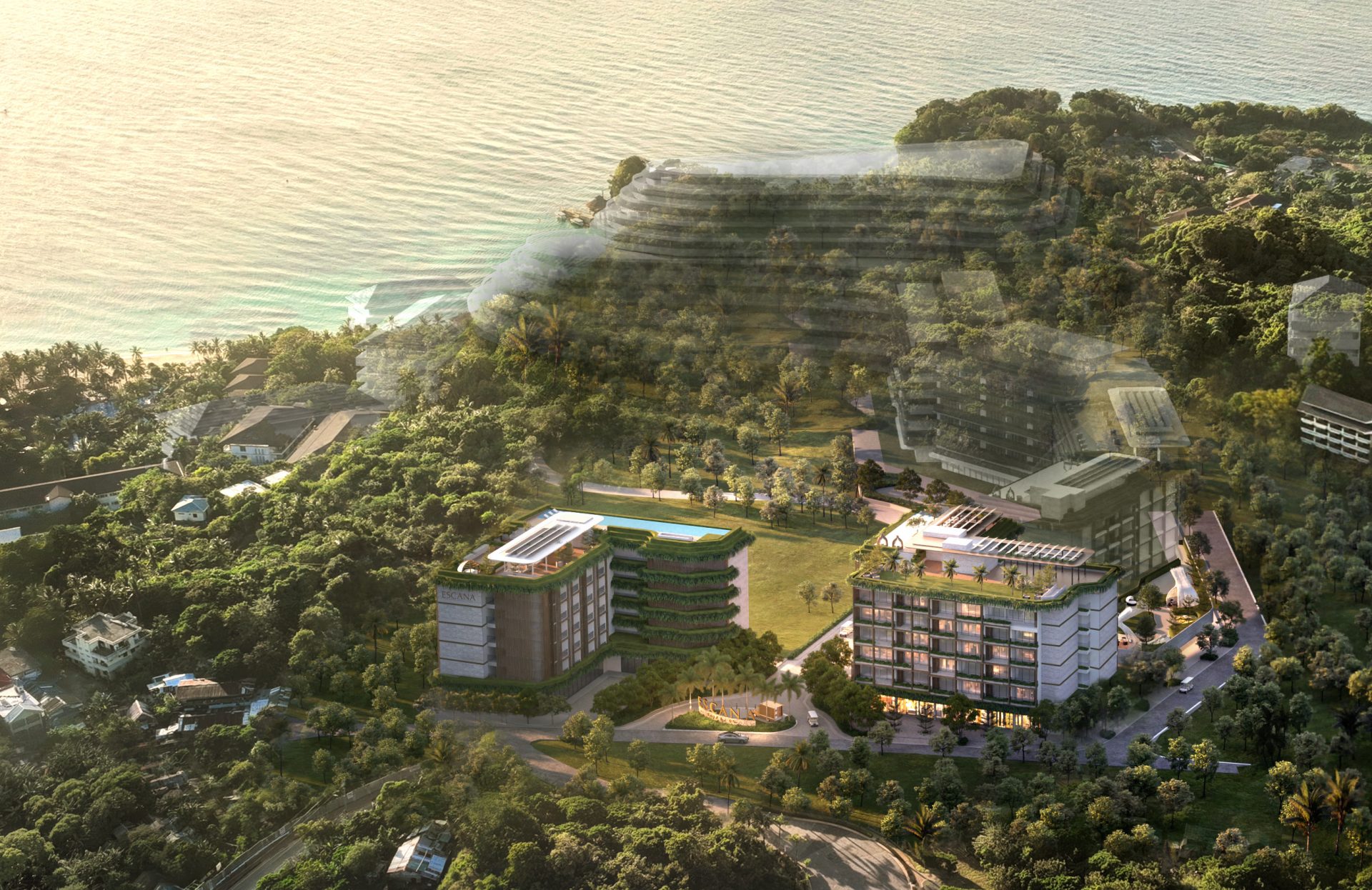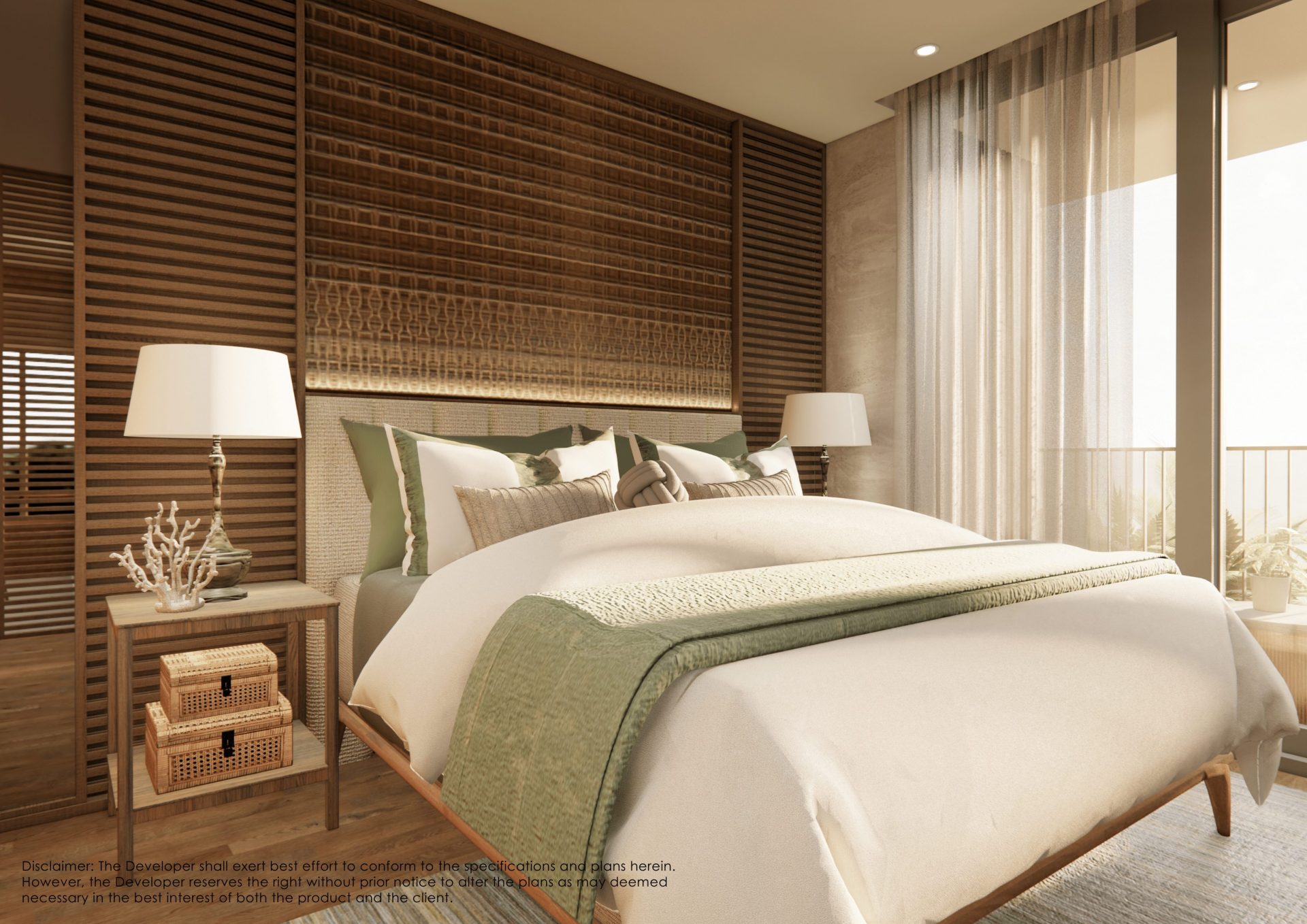BLOGS
Fence Installation Cost
They clearly mark the boundaries of a property, preventing disputes and misunderstandings with neighbors.
By providing a visual and physical indication of property lines, fences offer a straightforward solution to property demarcation. This function not only fosters neighborly relations but also ensures the orderly division of land.
Guardian of Spaces
At its core, a fence is a guardian of our spaces, a sentry that offers protection and security.
Security is one of the primary functions of a fence. It acts as a deterrent to trespassers and potential intruders, creating a physical barrier that bolsters our peace of mind. Beyond security, fences provide privacy, shielding us from the prying eyes of neighbors and passersby.
They allow us to enjoy our outdoor spaces without feeling exposed, fostering a sense of seclusion within the confines of our property. Fences have long been an integral part of our lives, serving various purposes ranging from security and privacy to aesthetics and property delineation. Among the key factors that define the effectiveness and longevity of a fence is the process of fence installation.
Whether it is a wrought iron fence, vinyl fences, barbed wire fence, or a classic wooden fence, the installation is a crucial step that can greatly influence the overall success of a fence project.
Types of Fences
Wooden Fences
Wooden fences are a classic choice known for their rustic charm and versatility. They can be used to enclose properties, create garden boundaries, or enhance the aesthetics of a home. While wood fences require regular maintenance, they offer a timeless appeal.
Vinyl Fences
Vinyl fences have gained popularity due to their durability and minimal maintenance requirements. They are available in various styles and colors, making them a versatile choice for homeowners.
Wrought Iron Fences
Wrought iron fences exude elegance and provide excellent security. Their ornate designs can enhance the curb appeal of a property. However, they may require more maintenance to prevent rust.
Metal Fences
Metal fences, including steel and aluminum, are durable and provide security. They are commonly used in commercial and industrial settings but can also be chosen for residential applications.
Chain Link Fence
Chain link fences are known for their affordability and utility. While they may lack the privacy offered by other materials, they are excellent for security and are often used in sports fields, schools, and industrial areas.
Barbed Wire Fence
Barbed wire fences are primarily used for agricultural and security purposes. They are effective at keeping intruders out and livestock in, but their use is subject to specific regulations.

Average Fence Installation Costs
The average cost of installing a fence is about 227,600 pesos for about 155 square feet.
The average cost to build a fence is between 136,560 and 307,860 pesos, but more expensive projects can cost as much as 739,370 pesos. In the end, the cost of putting up a fence depends on a number of things, such as how much fencing you need, what materials you use, and how much work costs in your area.
Even though some people choose to do it themselves, adding fencing can be a harder home improvement job than it looks. You might need to get a permit from your neighborhood or city council before installing.
It’s also important to know where your property lines are so you don’t step on your neighbors’ land. Lastly, you’ll need to make sure that your post holes don’t get in the way of utility lines or pipes.
You may need to call your local utility source to do this. If you hire a professional fence company, the people who work there will know how to do all of these things and can help you through the process.
How much does fence installation cost per foot?
One of the biggest factors that will determine the overall cost of your project is the size of your yard.
Fence cost is usually measured in linear feet, which is just a fancy way of saying 12 inches in length. The cost of fencing is typically around 398 to 1,195 pesos per linear foot, with an additional 569 pesos per linear foot for labor.
If you decided on getting a contractor, the total cost of your project could be around 852 to 1,998 pesos per linear foot. It is important that you measure precisely when planning how much fencing you’ll need. It may also make sense to hire a land surveyor to get a truly accurate measurement.
Getting a land surveyor might cost anywhere from 28,450 pesos to 79,660 pesos, but it will give you the confidence to move forward with your project and help you avoid making a mistake that could be very expensive.
How much does fence installation cost by material?
The fence material cost itself can significantly impact the total cost to install new fencing.
When you need a new fence, you can choose from metal or chain, wood, vinyl, and more expensive materials like aluminum and cast iron. Prices for these different materials can range from 171 pesos to 3,812 pesos per linear foot. Read on to see how each material is priced so you can get a better idea of how much it will cost.
Chain Link Fence
Chain-link fences are usually the least expensive choice. The materials alone cost between 284 and 569 pesos per linear foot.
When you add in the cost of work, the average cost to put up a chain-link fence is between 739 and 1,138 pesos per linear foot.
Advantages:
Chain-link fences are low-maintenance, meant to last a long time and are relatively simple to install.
Disadvantages:
Chain-link fences are not as aesthetically pleasing as other types, but they can be spruced up with plants.

Wood Fence
For those who want a classic picket fence, wood is just the material.
Wood fences are the middle range option, which costs around 171 to 1,195 pesos per linear foot for materials. When you add in the cost of work, the average cost to put up a wood fence is between 512 and 2,309 pesos per linear foot.
Even among wooden fences, prices can be very different based on the type of wood you choose and how good it is. Pine and cedar are two of the least expensive options. Redwood and Douglas fir, on the other hand, will cost quite a bit more.
Advantages:
Wood is a timeless choice that will look beautiful in your yard and perhaps even add value to your home. Wood fences can also offer more privacy than metal fences, since they have solid planks.
Disadvantages:
Wood fences do require more maintenance than other types. Sealants and paints can help protect against water damage. Some types of wood are also more are also more water-resistant than others. Finally, adding a gate to a wooden fence can be especially costly.
Vinyl Fence
A premium choice, vinyl fences present an appealing appearance and are easy to maintain.
Typically, vinyl fence installation’s cost ranges from 739 to 1,536 pesos per linear foot for materials and 1,081 to 2,335 pesos per linear foot for labor costs. Vinyl fencing offers a clean aesthetic and is available in various colors, making it a favored option.
Advantages:
Vinyl demands minimal maintenance to retain its cleanliness and structural integrity. Being a type of plastic, it exhibits exceptional durability.
Disadvantages:
Vinyl’s durability also means it’s not environmentally friendly, as it is non-biodegradable, unlike wood. Additionally, it tends to be more expensive compared to some other alternatives.
Wrought Iron Fence
An elegant yet notably costly choice, wrought iron fences usually come at a price range of 1,309 to 3,880 pesos per linear foot for materials and can cost between 2,106 to 4,834 pesos per linear foot, inclusive of labor costs.
For homes with a traditional architectural style, wrought iron fencing featuring decorative scrollwork serves as a fitting exterior enhancement.
Advantages:
Wrought iron fences possess a distinctive appearance and can be crafted into intricate designs. They are also sturdy and durable, particularly in regions with limited precipitation.
Disadvantages:
In areas with substantial rain or snow, wrought iron fences may be prone to rust. They demand more maintenance compared to other fence types and are generally more expensive.

What is the typical cost of installing a privacy fence?
Fence height represents another factor that can influence the final cost of your project. While most fences are less than 4 feet in height, privacy fencing falls into a unique category.
Taller and more enclosing than a standard fence, privacy fences typically incur expenses ranging from 1,423 to 2,332 pesos per linear foot, including installation costs. Given their purpose of fully enclosing your yard and acting as an effective barrier, privacy fences are typically 4 to 6 feet tall and do not have gaps between slats.
Most commonly, they are constructed from either wood or vinyl.
Advantages:
Privacy fences are ideal for households with pets or children, providing an enclosed area for play. They also offer enhanced yard privacy, which can be desirable for properties with pools or in densely populated neighborhoods.
Disadvantages:
Privacy fences come at a higher cost compared to standard fences and may not possess the same visual appeal. It is also essential to consult with neighbors or homeowners’ associations before erecting a privacy fence, as it can significantly impact the overall appearance of the area.
Impact on Property Value
The installation of a fence can have a significant impact on property values. Taller fences, for example, can enhance security and privacy, which can make a property more appealing to potential buyers.
A well-installed and maintained fence can increase a property’s aesthetic appeal, thereby boosting its market value. Additionally, the choice of materials can affect property value.
Vinyl fences and wrought iron fences are often viewed as attractive features that require minimal maintenance, potentially increasing a property’s desirability. On the other hand, an old fence in disrepair or a poorly installed fence can detract from a property’s curb appeal and reduce its value.
Only the Best Fence for Your Brittany Home
In the world of real estate, where dreams find their brick-and-mortar embodiment, Brittany Corporation stands as a luminary, a pioneer of luxury home communities that transcend the mundane and embody the extraordinary.
With a unique vision, Brittany has redefined opulence, crafting homes that are not just places to live but canvases upon which dreams are painted.
These luxury properties, enriched with character and sophistication, draw inspiration from the world’s most enchanting destinations, offering the essence of these far-off paradises to the privileged few who call them home.
In the realm of luxury real estate, every detail matters, and fences, often taken for granted, are no exception. They serve as silent sentinels, guardians of privacy, and sculptors of security.
Yet, fences do not merely demarcate boundaries; they are pivotal players in the intricate dance of property values.
Suggested Read: Pet-Friendly Home Features To Consider
Suggested Read: what Defines Spanish Interior designs
Suggested Read: 10 World-Class Sports To Experience
Suggested Read: Business Trends & Forecasts of 2023
Suggested Read: Is Villar City Safe To Live In?















